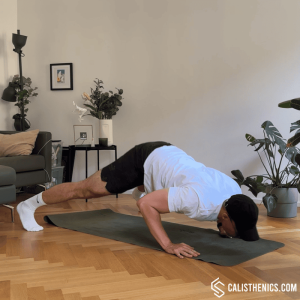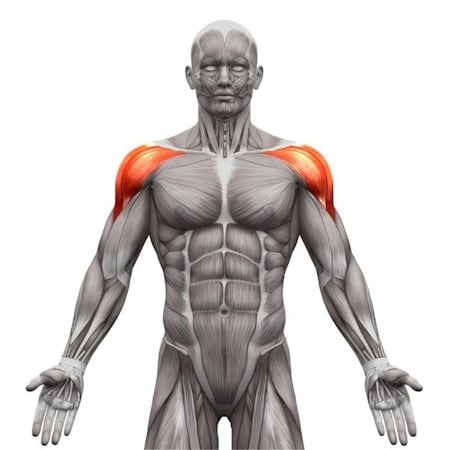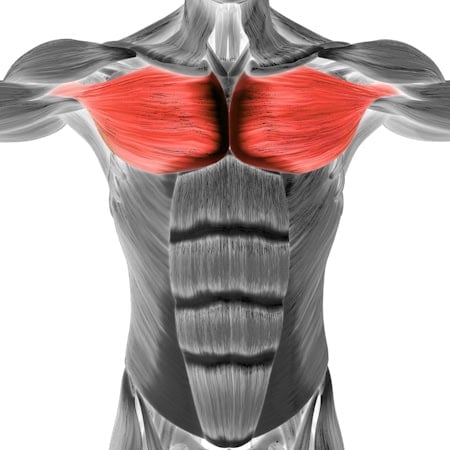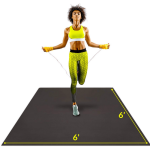Hindu Push-ups
How to do Hindu Push-ups?
Hindu push-ups are a dynamic variation of the traditional push-up that not only builds upper body strength but also enhances flexibility, mobility, and endurance. This exercise combines elements of strength training with yoga-like fluidity, working through a full range of motion to target multiple muscle groups. It involves a sweeping movement that engages the chest, shoulders, triceps, and core while promoting spinal flexibility.
Whether you’re looking to improve mobility, build muscle, or enhance functional strength, Hindu push-ups provide a dynamic and challenging workout that can be scaled for any fitness level.
Steps to Perform a Proper Hindu Push-up
1. Starting Position (Downward Dog/Pike Position):
• Begin in a downward dog position with your hands placed slightly wider than shoulder-width apart, and your feet hip-width apart.
• Your hips should be lifted toward the ceiling, forming an inverted “V” shape with your body. Your arms should be extended, with your head between your arms, and your legs straight.
2. Lower into a Dive:
• As you inhale, lower your head and chest toward the ground by bending your elbows. Keep your elbows close to your body as you dive forward, leading with your nose, then chest.
• Continue the motion, allowing your hips to lower and your chest to sweep close to the floor.
3. Transition to Upward Dog:
• As you finish the dive, push your chest up, arch your back, and extend your arms as you lift your head and torso into an upward dog position. Your hips should be close to the floor, and your back should be slightly arched.
• Keep your legs extended, and engage your core and glutes to support the movement.
4. Return to Downward Dog:
• Exhale as you lift your hips back up toward the ceiling, returning to the downward dog position to complete one rep. Push through your palms and straighten your arms as you return to the starting position.
Benefits of Hindu Push-ups
• Builds Upper Body Strength: Hindu push-ups effectively target the chest, shoulders, and triceps, making them a powerful upper body strength-building exercise.
• Improves Flexibility and Mobility: The fluid motion through the downward and upward dog positions helps increase flexibility in the shoulders, spine, and hips.
• Enhances Core Strength: By engaging the core throughout the movement, Hindu push-ups improve core stability and strength, helping to protect the lower back.
• Improves Shoulder Stability: This exercise promotes shoulder mobility and stability, which can help prevent injury and improve performance in other exercises.
• Full-Body Engagement: Hindu push-ups engage multiple muscle groups at once, providing a comprehensive workout for the entire body.
• Promotes Functional Strength: The dynamic, flowing motion of Hindu push-ups improves functional strength, benefiting athletic performance and daily movements.
• Increases Cardiovascular Endurance: The continuous movement and fluid transitions elevate the heart rate, offering both strength training and cardiovascular benefits.
Tips for the proper execution of Hindu Push-ups
Fluid Movements: Focus on making the movement smooth and continuous, transitioning seamlessly from the downward dog to upward dog and back.
Hand and Elbow Positioning: Keep your hands firmly planted and your elbows close to your body during the dive to engage your triceps and reduce strain on your shoulders.
Core Engagement: Keep your core tight throughout the movement to protect your lower back and maintain control.
Controlled Breathing: Inhale as you dive forward and exhale as you push your chest up and return to the downward dog position.
Flexibility: If you find it difficult to move smoothly through the range of motion, work on improving your shoulder and hip flexibility over time.
Muscles worked when doing Hindu Push-ups
Primary Muscles:
•Chest: Pectoralis major and minor
•Shoulders: Anterior deltoids
•Triceps: Triceps brachii (back of the arms)
Secondary Muscles:
•Core: Abdominals and obliques (for stabilization and transition control)
•Lower Back: Erector spinae (for spinal support and extension during the upward dog)
•Glutes and Hamstrings: Engaged during the downward dog phase to maintain body alignment
•Back: Serratus anterior, rhomboids, and latissimus dorsi (engaged for shoulder stability)
•Legs: Quadriceps for overall body stability
Primary Muscle(s):
Secondary Muscle(s):
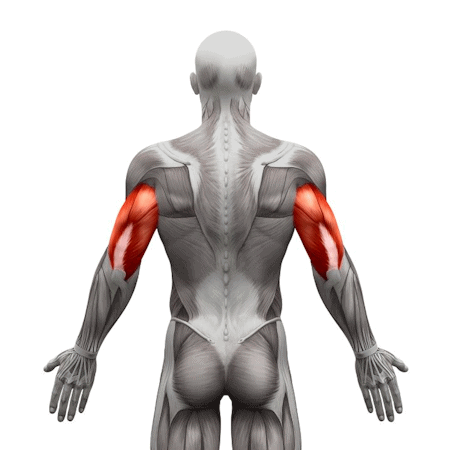
Triceps
Adjust the difficulty of Hindu Push-ups
How to make Hindu Push-ups harder?
How to make Hindu Push-ups easier?
How to make Hindu Push-ups harder?
To make Hindu Push-ups harder:
-
Slow Down the Movement: Perform each rep more slowly, especially during the transition phases, to increase the time your muscles are under tension.
-
Add Resistance: Wear a weighted vest or use resistance bands around your body to add extra resistance and make the push-up more challenging.
-
Increase Repetitions or Hold at Transitions: Add more repetitions or hold the downward dog or upward dog positions for a few seconds to intensify the exercise.
-
Elevate Your Feet: Place your feet on a raised surface, like a bench or step, to shift more body weight to your upper body, increasing the challenge.
How to make Hindu Push-ups easier?
To make Hindu Push-ups easier:
-
Perform Hindu Knee Push-ups: Start with your knees on the floor while keeping the same upper body movement. This reduces the load on your upper body, making the exercise easier.
-
Reduce Range of Motion: Limit how far you lower your chest to the floor during the dive and how far you push up into the upward dog. Increase the range of motion as your strength improves.
-
Practice the Positions Separately: Focus on holding the downward dog and upward dog positions independently to improve your flexibility and strength before attempting the full Hindu push-up motion.

